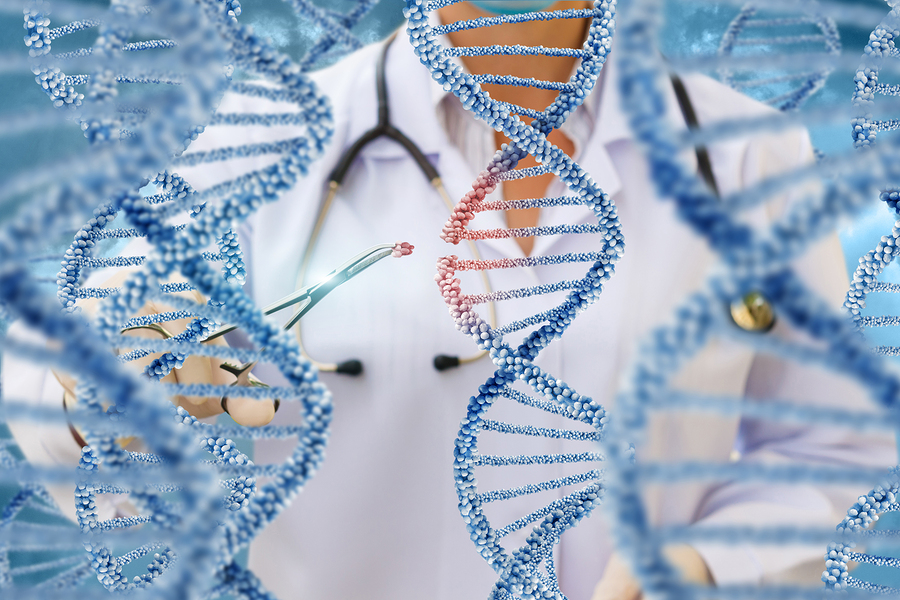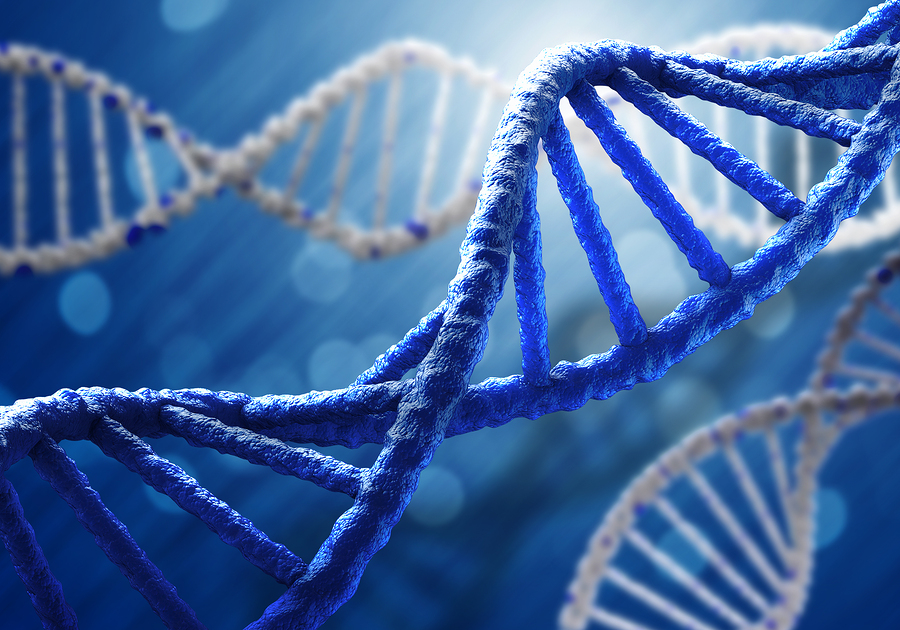- Make It Yourself Lavender Heart-Shaped Bath Bombs!
- 20 Things You Never Knew About “Down There”
- 12 Best Foods For Those Suffering From Arthritis Pain
- 12 Personal Hygiene Mistakes Almost Everyone Makes (Mom Never Told You About #4!)
- 15 Medicinal Plants And Herbs From The Cherokee People
- 12 Mind-Blowing Benefits Of Drinking Coconut Water During Pregnancy
- 12 Outstanding Winter Foods That Won’t Fatten You Up Like A Christmas Turkey
Will Embryonic Gene Editing Lead To Eugenics? Or A Medical Revolution?
Genetic engineering of humans has been a staple of science fiction for decades. Such stories like Aldous Huxley’s Brave New World almost invariably portray a dystopian world in which genetic manipulation of humans has ushered in a eugenics-driven society of superhumans ruling over lower classes of genetically inferior subservient beings. This is certainly a chilling vision of the future, but is such a world even possible to create? Recent headlines about a successful gene-editing procedure on a human embryo led to fears that we’d soon be living in one. But genetics researchers urge caution and claim that while gene-editing is certainly a powerful science, it may never lead to a dark sci-fi world of eugenics and “designer babies”.
What is Gene Editing?
Gene editing, or genomic editing as it is properly called, is the science of physically altering the genome of an organism in order to produce a specific result. This is done by removing, adding, and replacing specific DNA in a genome through the use of special enzymes called engineered nucleases— sometimes referred to as “genetic scissors”.
This technology has actually been in use for some time to create genetically modified organisms (GMOs) for agricultural use. Genetically modified crops have been designed to change their nutritional content, to make them more resistant to pesticides placed on crops, and to even add “natural” pesticides into crops to kill pests when they try to eat them. Animals like farm-raised salmon have been genetically engineered to grow to bigger in size, producing more meat— and thus more profits when sold by weight.
RELATED: Can Gene-Editing Make Pig Organ Transplants Viable For Humans?
There are many who claim that edible GMOs are dangerous to human health and the long-term effects are unknown. Supporters of GMOs accuse critics of paranoia, and supporters claim they are being paid off by biotech companies. The controversy continues to this day.
Where does this leave us? While genomic editing is still a young science, it has come a long way since the first genetically modified corncobs appeared on store shelves. Scientists have successfully edited various traits in animals and now many see gene editing as a way to rid humanity of awful hereditary diseases like Tay-Sachs disease, sickle cell anemia, and more. But is it possible, and could it be the stepping stone to less benign forms of genetic manipulation?
How Can Gene Editing be Applied to Medicine?
A team of researchers at the Oregon Health and Science University tried two different gene editing methods for curing embryos affected by a gene which is linked to a serious heart condition. This disease is rare, but has been known to cause sudden heart failure even in young people who have the gene.
Continue to Page 2
The first technique involved editing the genes of a fertilized human egg. This resulted in an embryo that where some cells were repaired, but others still had the gene linked to heart disease. While this was somewhat effective, it did not solve the problem.
The second technique involved adding the gene editing components to the egg before fertilization. Using this approach, the majority of eggs treated in this way developed into embryos where all the cells were repaired.
This is a huge breakthrough because it means that if the embryos had been allowed to develop to full term, the baby born as a result would not only be free of the disease, he or she would not inherit it and pass on to any descendants as well.
Under United States federal law, genetic editing of any kind is prohibited on embryos that will be developed longer than 14 days. Other countries have similar restrictions in place, while some countries like China have more relaxed policies with guidelines rather than laws pertaining to gene editing in embryos. While other gene editing experiments in China have been done in the past, this experiment in Oregon is the only successful one to date.
READ ALSO: 10 Dangerous Food Procedures Illegal in Europe but Practiced in USA
Is this the first step to designer babies and eugenics?
Not so fast, claims Dr. Robin Lovell-Badge of the Francis Crick Institute in London. While scientists might be able to trace a disease like the heart condition mentioned above to single gene, traits like height, athleticism, and creativity don’t work anything like that. These complex physical and intellectual traits are not linked to one gene, but rather to combinations of many thousands of genes. For instance, how tall a person grows up to be is determine by over 90,000 genes! The truth is that genetics is extremely complicated and scientists really would not even know where to begin if someone asked them to design an embryo that would grow up to be a Nobel Prize winner or world-class athlete. It’s not a matter of just snipping and inserting genetic code here or there. The combinations of thousands of genes are what make each person unique.
In a recent report in The New York Times details how even some diseases and psychiatric disorders might be too complex in terms of their genetic causes for gene editing to fix. While the new experiment in Oregon certainly yielded some interesting and potentially beneficial findings, we’re a long way off from eliminating many inherited conditions.
The most prudent way forward is putting laws in place that allow for gene editing research for medical purposes, while strictly enforcing restrictions on any attempts at eugenic experimentation.
Keep an eye on this field, you’re probably going to be hearing more about medical gene editing in the years to come.
References:


































